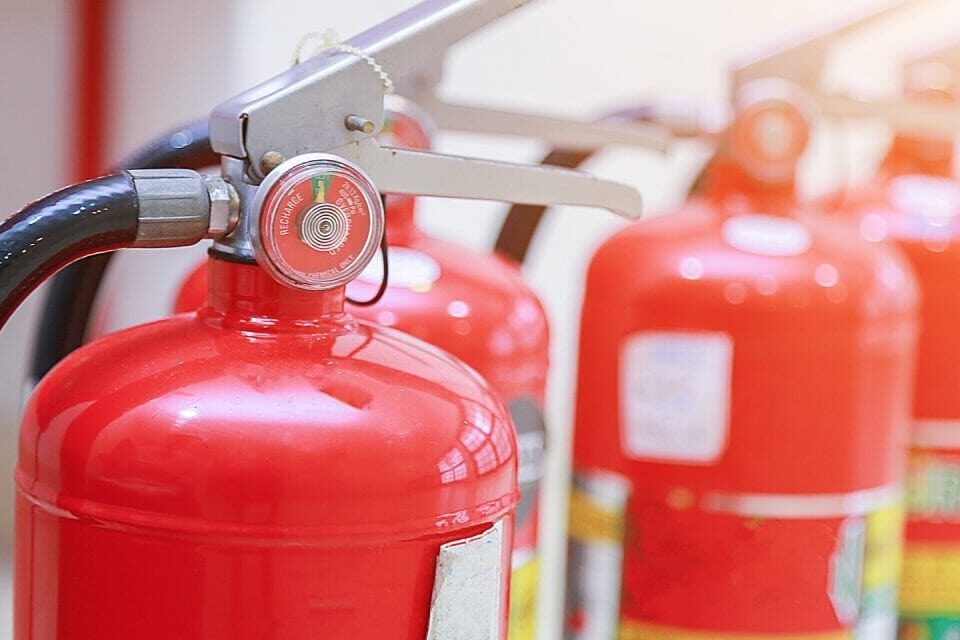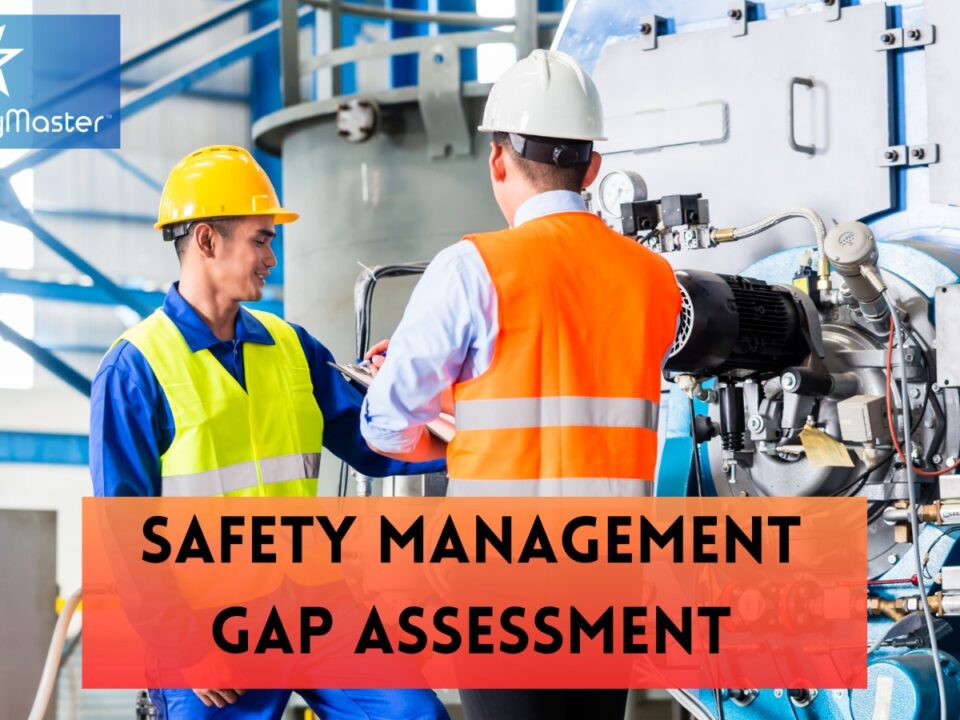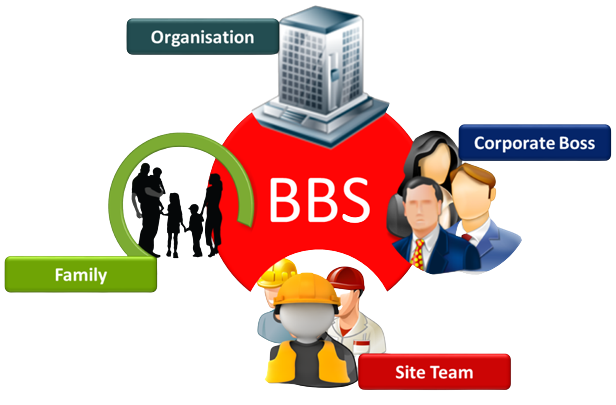Comparing Leading Safety Indicators and Lagging Safety Indicators: Enhancing Safety Performance with Safety Master

Enhancing Electrical Safety for Non-Electrical Workers: The Safety Master’s Expertise
June 24, 2023
The Safety Master’s Fire Risk Assessment Revolution: Redefining Safety Standards
June 27, 2023Leading Safety Indicators and Lagging Safety Indicators are two types of metrics used in safety management systems to assess and monitor workplace safety performance. While both types of indicators provide valuable insights, they differ in their focus and timing of measurement. This article will delve into the main differences between Leading Safety Indicators and Lagging Safety Indicators and highlight how Safety Master, a renowned safety consultant, excels in providing top-notch services in the field.
Leading Safety Indicators are proactive metrics that are measured in real-time or near real-time, providing insights into the potential for accidents or incidents. These indicators focus on measuring the effectiveness of preventive measures and the proactive actions taken to reduce hazards and prevent accidents from occurring. Leading Safety Indicators are forward-looking and aim to identify potential risks before they materialize into actual incidents. Some examples of Leading Safety Indicators include the number of safety training sessions conducted, near-miss reporting rate, safety observations, and participation in safety programs.
On the other hand, Lagging Safety Indicators are reactive metrics that are measured after an incident has occurred. These indicators focus on measuring the consequences or outcomes of accidents or incidents. Lagging Safety Indicators provide a retrospective view of safety performance and are typically used to evaluate the effectiveness of the safety management system and the response to incidents. Examples of Lagging Safety Indicators include the number of lost workdays due to injuries, total recordable injury rate (TRIR), number of fatalities, and the cost of insurance claims.
The main differences between Leading Safety Indicators and Lagging Safety Indicators can be summarized as follows:
- Focus: Leading Safety Indicators focus on proactive measures and actions that can prevent incidents from occurring, whereas Lagging Safety Indicators focus on reactive measures and outcomes after incidents have taken place.
- Timing: Leading Safety Indicators are measured in real-time or near real-time, providing immediate feedback on the effectiveness of preventive measures. Lagging Safety Indicators, on the other hand, are measured retrospectively after an incident has occurred.
- Predictive Capability: Leading Safety Indicators have a predictive capability as they provide insights into potential risks and hazards, allowing organizations to take proactive actions to prevent incidents. Lagging Safety Indicators, being retrospective in nature, do not have a predictive capability but offer insights into historical safety performance.
- Actionability: Leading Safety Indicators provide actionable information that organizations can utilize to improve their safety management systems and implement preventive measures. Lagging Safety Indicators, while useful for evaluating past performance, are less actionable as they represent outcomes that have already occurred.
Safety Master, as a leading safety consultant, excels in providing top-notch services in the field of safety management. They understand the importance of both Leading Safety Indicators and Lagging Safety Indicators in evaluating and improving safety performance. Safety Master utilizes a comprehensive approach that includes conducting Fire Risk Assessments, Fire Audits, and Fire Safety Audits to identify potential hazards, assess risks, and develop customized strategies for their clients. They also emphasize the implementation of Leading Safety Indicators to measure the effectiveness of preventive measures and drive continuous improvement in safety performance.
Safety Master’s expertise, comprehensive approach, customized solutions, and commitment to client satisfaction make them one of the best safety consultants in the industry. They stay up-to-date with the latest safety regulations, best practices, and industry standards, ensuring that their clients receive the highest level of service and support. By engaging Safety Master’s services, organizations can enhance their safety management systems, improve safety performance, and create a safer work environment for their employees.
TSM TheSafetyMaster® Private Limited
Unit No 221-451-452, SPL1/J, 2nd & 4th Floor, Sunsquare Plaza Complex, RIICO Chowk, Bhiwadi 301019, Rajasthan, India
Phone: +91 1493 22 0093
Mobile: +91 7665231743/9413882016
Email: info@thesafetymaster.com



